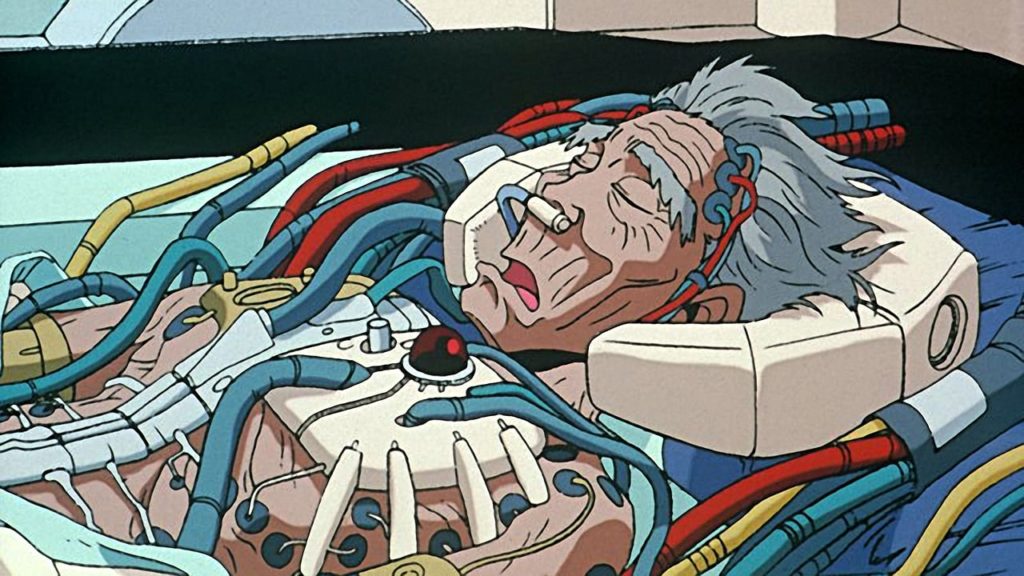
The terms disability/ handicap/ impairment/ incapacity/ infirmity/ invalidity and more, all refer to an inability to do something. Some of the words show greater sensitivity to the person involved, than others. There are lots of things no-one can do, such as turning one’s head 360 or even 180 degrees. This is not a disability because it is not in the human repertoire. There is a developmental curve in which infants transform themselves into adults. A child’s inability to do something is not a disability. At the other end of the age spectrum, people lose some of the abilities they once had. They are genetically programmed to develop disabilities. Yet, there are some abilities even for their age group, that most people have, but a few lack. Most people have an ability to distinguish red from green, but some are colour-blind.
Impairments may be congenital or originate from disease/ trauma. These can be placed in various categories. Cognitive impairments (head injury, autism, developmental disabilities) and learning disabilities, (dyslexia, dyscalculia, ADHD). Visual impairment (low-vision, complete or partial blindness, colour blindness). Hearing impairment (deafness, reduced hearing, hyperacusis). Motor/ dexterity impairment (paralysis, cerebral palsy, dyspraxia, carpal tunnel syndrome, repetitive strain injury).
One interesting place to begin an exploration of this topic is with the 84 minute long, 1991 Japanese animated science fiction action comedy thriller, Roujin Z (Old Man Z). This should provide an opportunity for people to decide what they want to avoid in terms of technology. According to British film commentator and sometime Vancouver International Film Festival programmer Tony Rayns (1948 – ), the film focuses on three primary issues: health care for the elderly, the stand-off between traditional values and modern technology and the Right’s covert plans to re-militarise Japan. (Rayns, Tony (1994). “Rojin Z/Roujin Z” in Sight & Sound. Vol. 4 no. 7. British Film Institute. pp. 52–53.) Only the third topic is uninteresting in terms of this post’s content.
Access, assistive and adaptive technology are three levels of technology. Accessible usually refers to specialized but low-level hardware or software features (or both) that help someone mitigate an impairment. It most often involves computing equipment that can be used by anyone, regardless of impairment type or severity.
Accessibility features such as text-to-speech, closed-captioning, and keyboard shortcuts make the use of computer technology less challenging for those with impairments. It also benefits those who are not sufficiently impaired to be considered debilitated. Basic tools are often provided by the operating system being used.
Visual aids include high contrast text, large text and screen readers in addition to desktop zoom features. In terms of keyboards, some people may prefer to use on-screen keyboards, or have visual or audio indicators on caps and numerical locks. Visual and audio alerts can also be used to provide event feedback, for typing assistance. Typing assistance may using sticky keys, that is, it may treat a sequence of modifier keys as a combination; slow keys, where there is a delay between when a key is pressed and when it is accepted; bounce keys, which ignores fast duplicate keypresses. For mouse keys, a keypad can be used to control the pointer; a secondary click can be simulated by holding down the primary key; a click can be triggered when a pointer hovers.
In addition to operating system features, there are many different apps available for both computers and handheld devices. eSpeak is a compact open source software speech synthesizer for English and other languages, for Mac, Linux and Windows. Formant synthesis allows it to work in many languages despite its small size. The speech is clear, and can be used at high speeds, but it is not natural or smooth, in contrast to larger synthesizers that rely on recordings of human speech.
Web accessibility involves making the use of the internet, and the World Wide Web in particular, easier. The World Wide Web’s (w3.org) Web Accessibility Initiative (WAI) provides not only resources but also web content accessibility guidelines and checklists. Here are links to some of the resources. The resources section is a good place to start. This can be followed up by consulting these resources: Strategies, standards, resources to make the Web accessible to people with disabilities; Web Content Accessibility Guidelines 2.0; Web Content Accessibility Guidelines 2.0 quick reference.
Assistive refers to more complex but standardized/ off the shelf objects or systems that are used to help individuals cope with their impairments.
Systems can remind people about turning off an oven or burners on a stove, closing the blinds and locking doors. While users can choose what events are to be reminded, many systems can be expanded to automatically perform these tasks or to turn on or off lights, or to adjust room temperatures. They can also remind users to take their medications. Reminder systems can be based on a handheld or wrist worn device. They can remind people about doctor’s appointments and taking medicine,
Another basic device is remote keyless entry systems which allows people to view who is at the door and then, should they choose, remotely open the door. The system can also lock doors and shut blinds to maintain privacy.
Automated pill dispensers can dispense only the pills that are to be taken at that time. Monitors are available to check their blood sugar levels, measure body temperature, blood pressure and pulse, and to dispense appropriate medications as needed, or to alert others. Robots can provide patients with medication and/ or nutrition.
Adaptive technology is specifically designed for people with disabilities. Sometimes, adaptive technology is regarded as a subset of assistive technology, referring specifically to electronic and information technology that are seldom used by a non-disabled person.

